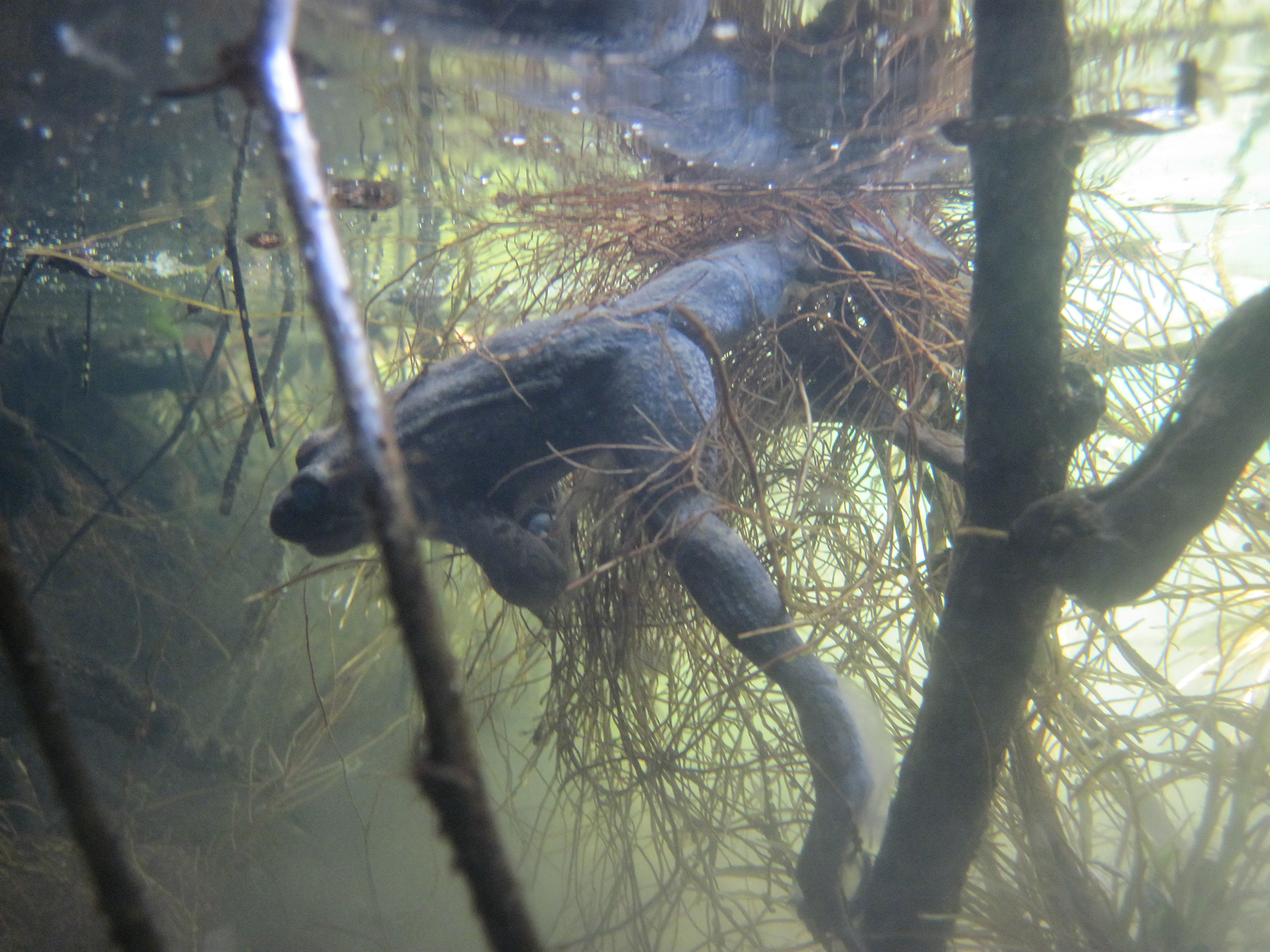COMPARATIVE MICROHABITAT CHARACTERISTICS AT OVIPOSITON SITES OF THE CALIFORNIA RED-LEGGED FROG (RANA DRAYTONII)
http://www.herpconbio.org/Volume_8/Issue_3/Alvarez_etal_2013.pdf
Abstract/Summary
We studied the microhabitat characteristics of 747 egg masses of the federallythreatened California Red-legged Frog (Rana draytonii) at eight sites in California. Our study showed that a broad range of aquatic habitats are utilized by ovipositing R. draytonii, including sites with perennial and ephemeral water sources, natural and constructed wetlands, lentic and lotic hydrology, and sites surrounded by protected lands and nested within modified urban areas. We recorded 45 different egg mass attachment types, although the use of only a few types was common at each site. These attachment types ranged from branches and roots of riparian trees, emergent and submergent wetland vegetation, flooded upland grassland/ruderal vegetation, and debris. Eggs were deposited in relatively shallow water (mean 39.7 cm) when compared to maximum site depths. We found that most frogs in artificial pond, natural creek, and artificial channel habitats deposited egg masses within one meter of the shore, while egg masses in a seasonal marsh averaged 27.3 m from the shore due to extensive emergent vegetation. Rana draytonii appeared to delay breeding in lotic habitats and in more inland sites compared to lentic habitats and coastal sites. Eggs occurred as early as mid-December at a coastal artificial pond and as late as mid-April in an inland natural creek. We speculate that this delay in breeding may represent a method of avoiding high-flow events and/or freezing temperatures. Understanding the factors related to the reproductive needs of this species can contribute to creating, managing, or preserving appropriate habitat, and promoting species recovery.
Publication details
| Published Date: | 2013-12-31 |
| Outlet/Publisher: | Herpetological Conservation and Biology |
| Media Format: |
ARMI Organizational Units:
Southwest, Northern California - BiologySouthwest, Southern California - Biology
Topics:
ManagementMonitoring and Population Ecology
Species and their Ecology
Place Names:
Angeles National ForestCalifornia
Santa Monica Mountains National Recreation Area
Western US
Keywords:
ARMIdetection
habitat
habitat use
hydroperiod
monitoring
pond-breeding amphibians
reproduction
stream
threatened species

